 Tight Muscles: 10 Steps to Relax and Reduce Pain
Tight Muscles: 10 Steps to Relax and Reduce Pain
Everyone experiences tight muscles throughout their lives. Tight muscles can occur for a number of reasons. They can be temporary or chronic, either way, they can be frustrating and painful. They can limit your movement and interfere with your life in a number of ways.
The good news is that once you understand the underlying reasons behind your tight muscles, you can improve them naturally. I’m excited to share some simple techniques that can help you relax your muscles and regain your health. Learning more about the reasons behind tight muscles and understanding 10 simple steps to relax and reduce your pain may help you eliminate tight muscles and pain.
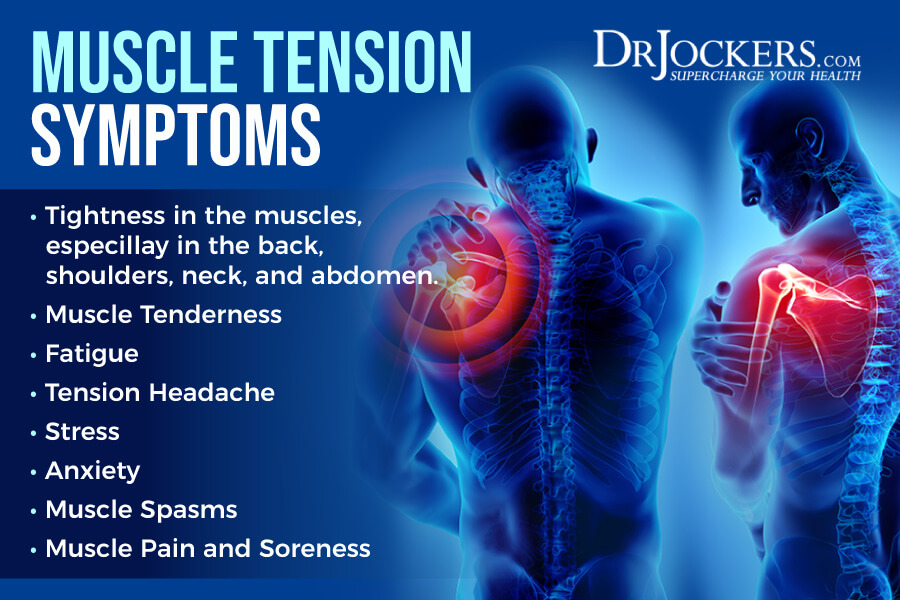
Physiology of Tight Muscles
When we talk about muscle tightness, we are usually referring to a tender, irritated, or painful sensation that we feel internally by the muscles. The physiology of your muscle tightness may depend on why you are experiencing tightness in the first place.
Imagine a muscle like a rubber band. What happens when a rubber band is stretched? It feels tight. The same thing happens to your muscles too. For example, your hamstrings are long muscles at the back of your thigh attached to your pelvis and also below the knee joint. When your hamstrings are weak they can become tight. Weak hamstrings aren’t strong enough to keep your pelvis in place. This may result in anterior pelvic tilt and a lengthened hamstring position, or a posterior pelvic tilt and a shortened position. Both weak and lengthened, and weak and shortened muscles can lead to painful and tight muscles.
Now imagine sitting at your desk with your hips in a bent and flexed position. Your hip flexors are shortened while your glutes are being lengthened. As you are slouching to work on your computer, your back muscles become lengthened, while your chest muscles are shortened. As you are staring at the screen, you squeeze your neck and force some muscles to lengthen and others to shorten. As a result of sitting like this for a long period of time, your muscles become weaker and tighter.
On the other hand, not only weak, but strong muscles may become tight as well. If you are exercising and suddenly increase your intensity or try a new type of exercise, or use the wrong footwear, you may experience tight muscles. When your muscles are overused due to a hard workout, some of the weaker muscle fibers break resulting in inflammation and the shortening of muscle fibers. You feel tight muscles because of these short and strong fibers.
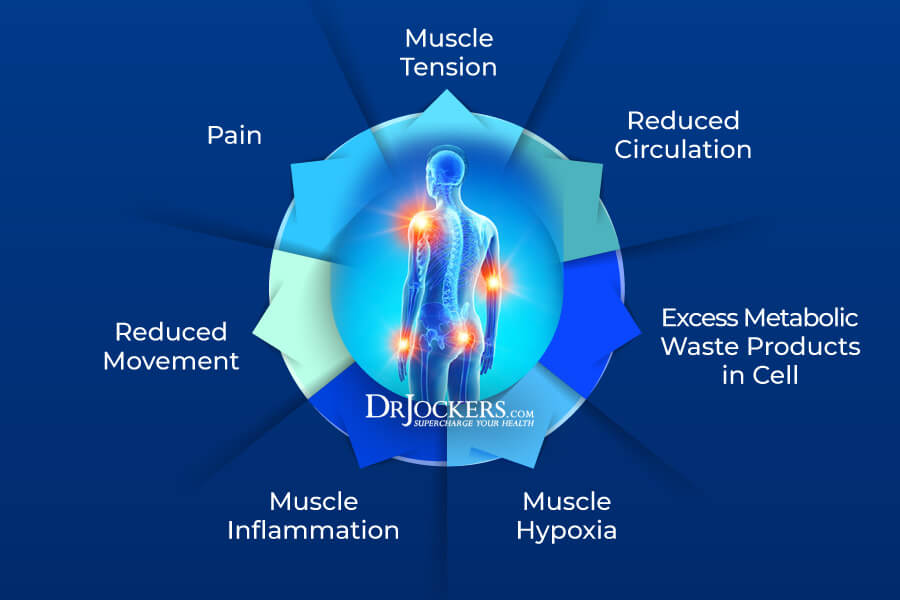
Conventional Treatments for Tight Muscles
Conventional treatment of joint pain relies on medications. Muscle relaxers and non-steroidal anti-inflammatory drugs (NSAIDS) are commonly prescribed. Unfortunately, these medications can have serious side effects.
NSAIDS can damage the stomach lining causing food sensitivities, ulcers, and poor nutrient absorption. They are filtered through the kidneys and liver and can damage these vital organs. NSAIDS can even increase your risk of certain forms of cancer.
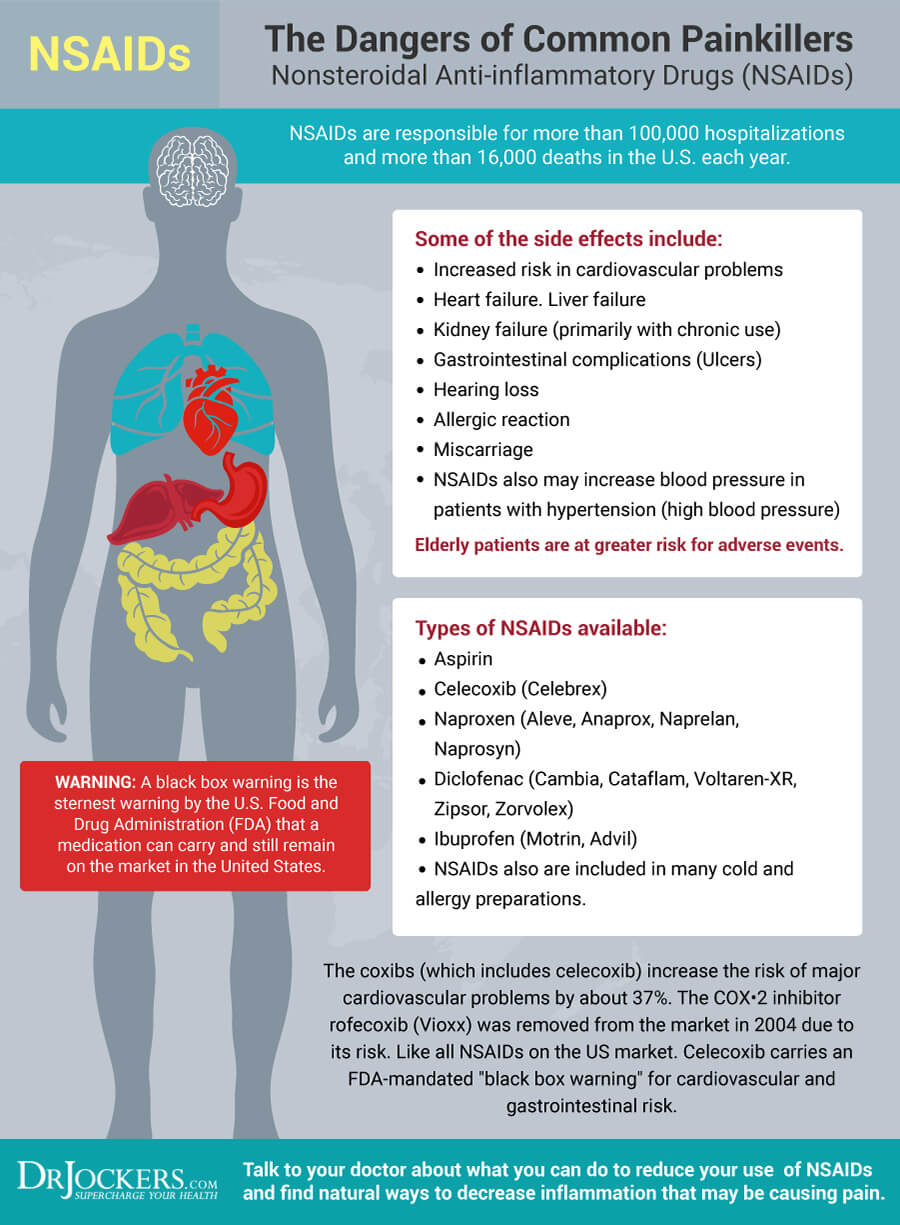
What Causes Tight Muscles
There are a number of reasons you may have tight muscles. Some of these are obvious such as overuse and specific injuries.
However, you may experience the sensation of tight muscles for other reasons, including stress, dehydration, or fibromyalgia. Let’s look now at some of the main reasons that can cause tight muscles.

Stress and Tight Muscles
Stress is your body’s reaction to any potentially harmful situation. It can be a physical or emotional reaction. The cause of stress can be emotional, physical, real, or perceived. Your body’s stress response is incredibly important in case of real danger, such as being robbed or a fire in your home, however, it can become a problem when it comes to chronic everyday stress, such as work, school, relationships, and other life circumstances (1).
Under normal circumstances, a healthy body is in a relaxed state. However, when you experience stress, your muscles tense up as a reflex reaction to protect you from any potential injury or pain. Once the stress passes, the body can relax again. However, chronic stress can cause the body to be in a constant or near-constant state of tension causing tight muscles.

Inflammation
Inflammation is an immune system response to any tissue damage. It’s your body’s way to initiate repair and aid quick recovery from an injury. For example, when you sprain your ankle while playing basketball and acute inflammation occurs characterized by swelling, redness, and pain, your body is warning you to take it easy in order to help repair the damage.
On the other hand, chronic inflammation is a response to constant everyday stressors, such as environmental toxins, unhealthy junk food, and stress (2). Both types of inflammation can lead to tight muscles. In case of an injury, you may experience inflammation, swelling, and pain around the site of the injury that may also lead to tight muscles. Chronic inflammation can lead to an array of health concerns, including chronically tight muscles, chronic pain, fatigue, and more serious health issues.
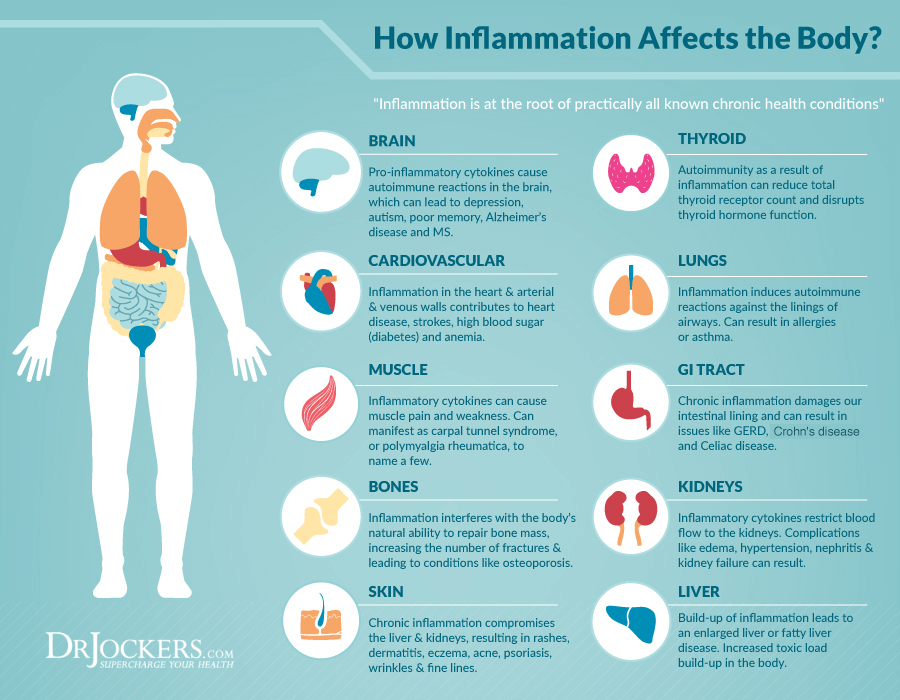
Injuries
Injuries, such as sprains and strains are one of the most common causes of tight muscles. Such injuries usually result in pain, redness, swelling, tenderness, bruising, and muscle tightness.
If you have a strain, it means that your muscles fibers are stretched or torn. If you have a sprain, it means that your ligaments are stretched, twisted, or torn. Your ligaments are bands of tissues around your joints connecting your bones. Strains commonly occur in people’s lower back or legs, whereas sprains are common around joints, such as the ankles, knees, and wrists (3).
Moreover, since exercising asks the muscles to work harder than normal, it can lead to microscopic damage in muscle fibers when your muscles are working hard. While these are not real injuries, they can lead to delayed onset muscle soreness and tight muscles.

Bad Posture and Tight Muscles
When you have good posture, the muscles of the body support your skeleton in a stable alignment. However, lifestyle habits, such as slouching can lead to poor posture. With bad posture, the toll of gravity takes effect on your body’s structure.
Poor posture can lead to tight muscles. For example, if you are working on your computer and looking at your phone slouching all day, your neck will have a difficult time supporting your head. Your head is essentially a twelve-pound bowling bowl at the top of your skeleton.
Trying to support it while practicing bad posture may easily lead to tight muscles on your neck and shoulders. Poor sitting, standing, or even sleeping posture may lead to tight muscles in other areas of your body, such as your back, hips, and knees as well.
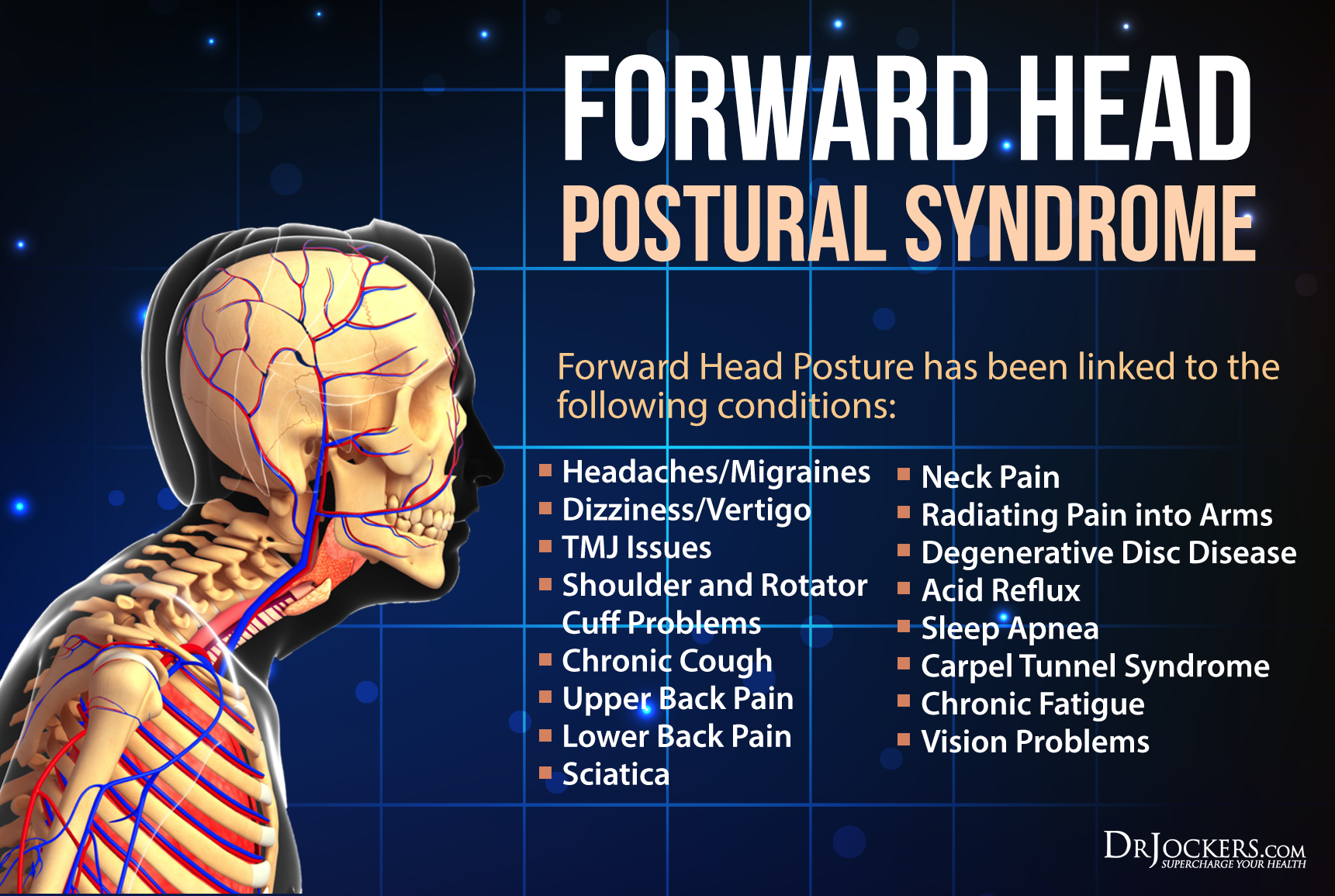
Dehydration and Tight Muscles
The human body is made up of 70 percent of water, hence having eight to ten glasses of water per day is rather important for your health and proper body functions. When your body doesn’t have sufficient water to function properly, it experiences dehydration.
When your muscles don’t get enough water, tension occurs which may result in tight muscles and cramping. Tight muscles and cramps are often early signs of dehydration. While these signs of mild dehydration may be uncomfortable, they must be taken seriously before severe dehydration sets in. Severe dehydration can lead to serious health problems, such as seizures, blood clots, and even death (4).

Electrolyte Imbalance and Tight Muscles
Electrolytes are minerals with an electrical charge that occurs naturally in the body. Important electrolytes include magnesium, calcium, potassium, chloride, phosphate, and sodium. You can meet your electrolyte requirements from the fluids you drink and the foods you eat (5).
Electrolytes control important physiologic functions. Cells in the body, especially in the muscles, nerves, and the heart use electrolytes to maintain a charge in the membranes. They also use electrolytes to perform electrical impulses, such as muscle contractions.
Electrolyte imbalance or deficiency can lead to tight muscles and cramps. Magnesium is, for example, particularly vital for proper nerve transmission and muscle contraction. Magnesium deficiency can cause muscle contractions to be weak which can then result in tight muscles and cramps.
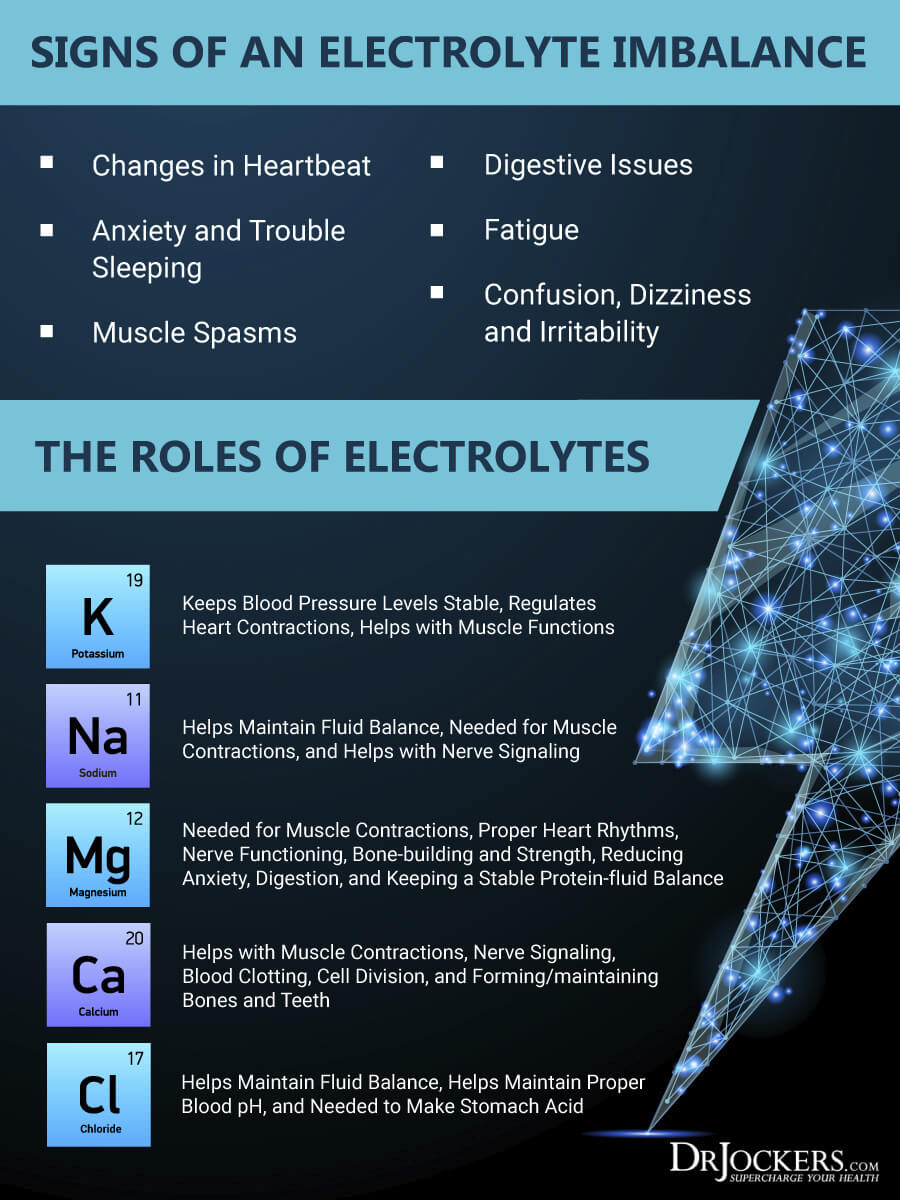
Fibromyalgia
Fibromyalgia is the fastest growing disabling conditions in the US. It is a chronic or long-term disorder that is associated with widespread chronic pain, tender areas, and fatigue. Currently, there are not any specific lab tests or definitive diagnostic markers, so doctors rely on understanding symptoms and recognizing tender points along the body for diagnosis (6).
Fibromyalgia can affect the entire body. Those with fibromyalgia may experience symptoms in their muscles, joints, skin, eyes, nervous system, cognition, and in other areas. Tight muscles are one of the most common symptoms people with fibromyalgia describe.
If you are experiencing tight muscles and pain, then there are a number of strategies you can try to relax your tight muscles. Let’s get into the top ten steps to relax and reduce pain.
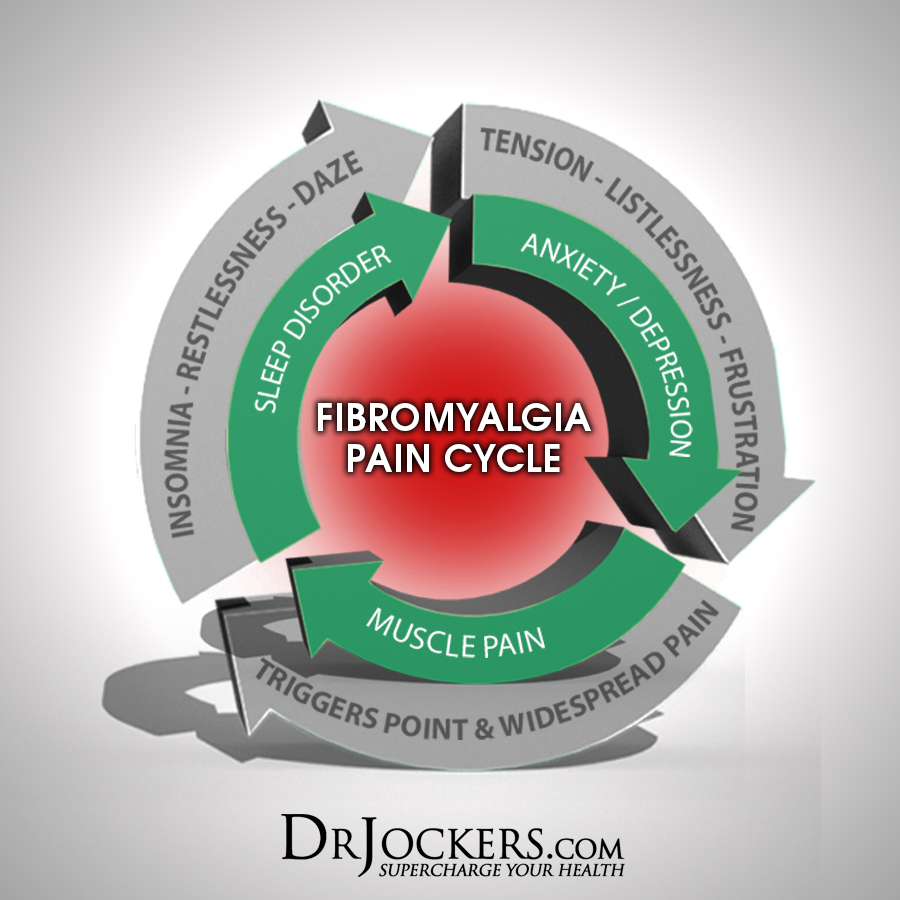
10 Steps to Relax and Reduce Pain
Although it is enticing to think that you are just a medication or supplement away from getting out pain, truthfully, reducing pain and tight muscles is a holistic process. Your lifestyle will move you in the right direction or not and it includes how we eat, move, sleep and think.
These 10 steps are where you want to begin in the process of relaxing your muscles and overcoming pain. Look for the areas you are not addressing and that is most likely one of the missing links in your healing process.
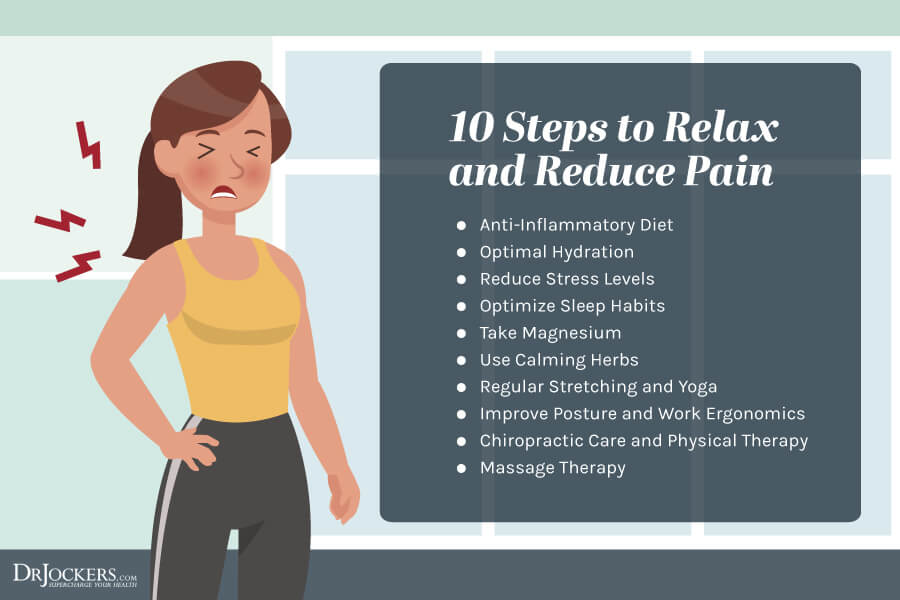 Anti-Inflammatory Diet
Anti-Inflammatory Diet
The anti-inflammatory diet is considered an integrative approach to pain management. Following an anti-inflammatory diet is one of the best ways to reduce inflammation, tight muscles, and pain in your body. Research has found that an anti-inflammatory diet can lower the risk of early death, certain diseases, and pain, including tight muscles in your body (7, 8).
At the heart of it, the goal of an anti-inflammatory diet is to reduce inflammation and pain by eating fewer inflammatory and more anti-inflammatory foods. Your anti-inflammatory diet should contain lots of nutrient-dense foods rich in antioxidants that help to reduce free radicals. Too many free radicals may result in inflammation and disease when left unchecked.
An anti-inflammatory diet should nourish your body with lots of vitamins, minerals, and fiber. It should also provide a healthy balance of protein, fats, and carbohydrates. Eliminate or at least reduce inflammatory foods, such as refined sugar, processed food, and gluten. Eat plenty of greens, vegetables, low glycemic-index fruits, healthy fats, and high-quality protein.
Trace minerals, such as iron, copper, zinc, selenium, chromium, cobalt, and molybdenum, are a crucial part of an anti-inflammatory diet. You only need less than 100 milligrams per day to meet your daily requirement for optimal health, energy production, relaxation, and pain reduction. Foods that are rich in trace minerals include sea vegetables, fermented foods, dark leafy greens, avocados, wild-caught fish, pink salt, olives, vegetable or bone broth, grass-fed butter or glee, and grass-fed meats.
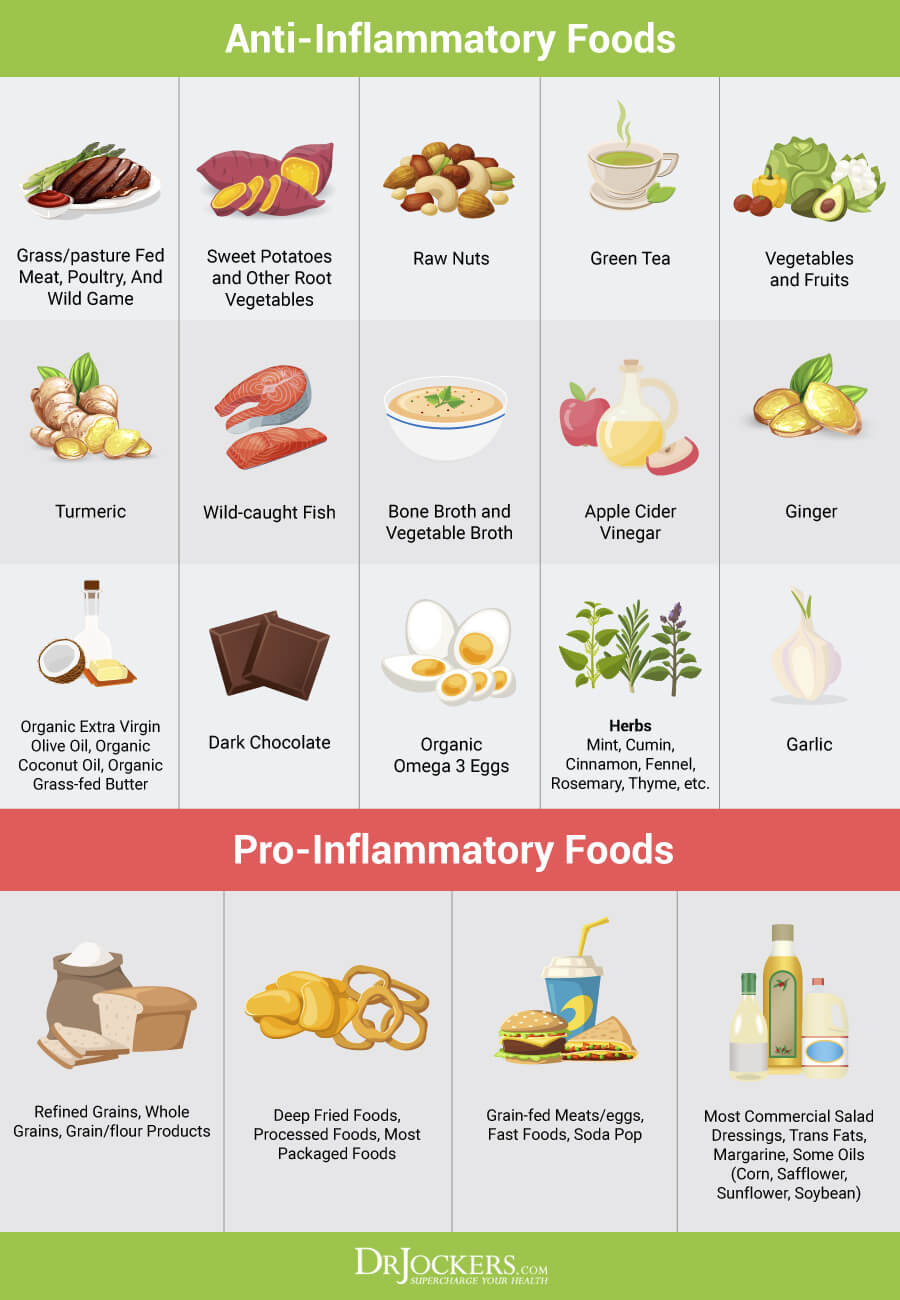
Optimal Hydration
You may not realize it, but one of the most common nutritional deficiencies is water. Water transport nutrients in your body, improves oxygen delivery to cells, lubricates your joints, regulates body temperature, flushes out toxins and wastes, improves cell-to-cell communication, and enhances tissue repair and recovery from illness.
Only a 5 percent drop in your body’s water levels can lead to up to a 30 percent energy loss. It can also lead to tight muscles, aches and pains, fatigue, cramps, cravings, and other health issues. Clearly, water is important for your body and is essential to relax your tight muscles and reduce pain (9).
Aim to drink eight to ten glasses of water per day. If you are exercising, living in a hot climate, spending time under the hot summer sun, or fighting an illness, you may need more. To get the highest quality of hydration, choose spring, mineral, purified, or filter water. If drinking water is hard for you, try adding a little bit of stevia water drops to your water to give it a fruity flavor without any sugar or chemicals.
Make sure to eat lots of hydrating vegetables and fruits as well, such as cucumber, celery, peppers, berries, apples, and citrus. Make sure to avoid drinks that can dehydrate your body, such as sodas, coffee, alcohol, and energy drinks.
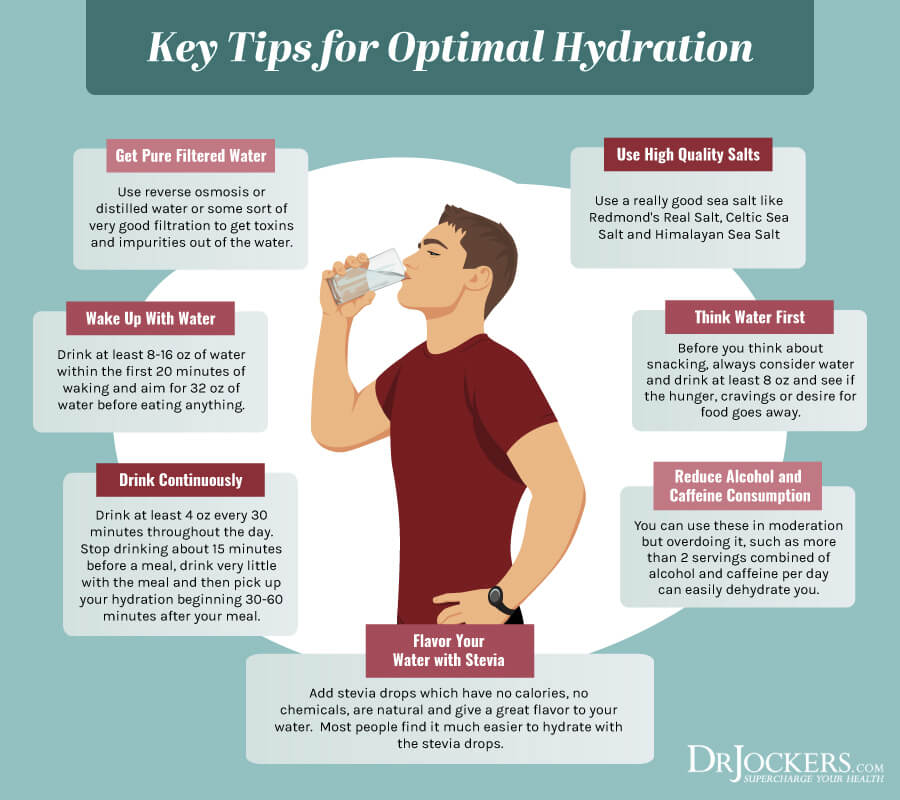
Reduce Stress Levels
When you are under stress, your muscles tense up and you may experience tight muscles or pain. To relax your body, reduce pain, and get rid of constantly tight muscles, it is important to reduce your stress levels as well.
Using your breath is one of the best ways to lower your stress levels instantly. Your body needs air to survive. It can only survive for four minutes without oxygen. When you experience stress, chances are you end up holding your breath. Instead, try to take a few deep breaths, and you may notice your stress levels ease, your body and mind relax, and the tight muscles disappear.
To lower your overall stress levels, take a few moments several times a day to do some breathing exercises. Sit with your shoulders rolled back or lay down and relax. Put your hand an inch away from your navel. Be aware of your breath. Inhale deeply and notice your navel expand to your hand. As you exhale, your abdomen should sink back. Repeat this 5 to 10 times each session.
Other stress reduction strategies may include regular exercise, journaling, yoga, meditation, smiling, laughing, using essential oils, reading, mindfulness practices, gratitude, and prayer. Spending time with friends and family, playing with pets, and engaging in fun activities may also lower your overall stress levels. Learning to say ‘no’, getting more organized, avoiding procrastination, and scheduling me-time are also effective stress-buster strategies.

Optimize Sleep Habits
Sleep is an important part of your day. Good quality sleep provides an opportunity for your body to fully relax and repair tissues. While the National Sleep Foundation recommends 7 to 9 hours of sleep each night, most adults don’t obtain this amount (10).
Sleeping can help your body to relax, reduce pain, and improve tight muscles. Research has found that just two more hours of sleep per night for four nights can improve pain sensitivity in otherwise healthy participants. It seems that sleeping may reduce inflammation in the body, hence lower pain and improve tight muscles (11).
To get quality sleep every night, it is crucial to optimize your sleep habits. Get some sunlight and fresh air throughout the day to increase serotonin production which is an important factor in melatonin production at night. Create a regular schedule. Aim to go to bed and to wake up at the same time every day. Avoid caffeine and sugar close to bedtime, and preferably during the day as well. Avoid artificial lights as much as possible. Use blue-light blocking Amber glasses in the evening, and reduce your use of electronics at night as much as possible. Blackout light in your bedroom to remind your body to sleep.
Develop a bedtime routine. Relax your mind. Try not to use your phone or computer, watch TV, or play video games two to three hours leading up to bedtime. Play board games or card games with your family. Engage in calm conversation. Read, color, or journal. Practice gratitude, meditation, or prayer. If you can’t fall asleep right away, don’t worry about it, just relax, focus on your breathing, and let go. Sleep will come. Over time your body will adjust to your new sleep routine, and you may experience the best sleep you’ve ever had resulting in less pain and less tight muscles.

Take Magnesium
Magnesium is an essential mineral that is necessary for your entire body in order to maintain normal muscle and nerve functions, to keep your bones strong, to keep your heart rhythm steady, and to help with other major biological body processes and bodily functions.
Magnesium is crucial for proper muscle function. It helps to control muscle contractions and to relax your tight muscles. Magnesium is beneficial to relieve tight muscles, soreness, and cramps.
Foods that are rich in magnesium include swiss chard, spinach, avocados, nuts, grass-fed dairy, sprouts, sprouted pumpkin seeds, sea vegetables, kidney beans, and dark chocolate. While it is important to eat magnesium-rich foods, it is not enough. Our soils are depleted from magnesium. Due to our soil’s low magnesium concentration, even our naturally magnesium-rich foods don’t have enough magnesium to provide. This leaves even the healthiest eaters potentially magnesium deficient making supplementation necessary in most.
To relieve tight muscles and pain, transdermal magnesium oil spray with MSM is highly beneficial. I also recommend RelaX Calm™ to my patients to reduce tight muscles and pain, to relax their muscles, and to help sleep and recovery. Along with 150 milligrams of magnesium, RelaX Calm™ also has some powerful calming herbs to tackle tight muscles and pain.

Use Calming Herbs
Herbs can be incredibly nutritious and beneficial for your overall health. Certain herbs, such as valerian, passionflower, lemon balm, and skullcap have special calming benefits that can help your body to relax and relieve tight muscles and pain.
- Valerian root is a powerful herb with sedative and anti-anxiety benefits. By improving your sleep quality, it allows your body to repair tissues, reduce tension, lower pain, and relieve tight muscles (12).
- The benefits of passion flower are similar to valerian. It has shown to reduce inflammation, improve muscle tension, and improve sleep (13).
- Lemon balm is a traditional European remedy that has been used to calm the nerves, improve mood, and offer better sleep quality. It promotes relaxation and allows tight muscles to ease (14).
- Skullcap has fantastic antioxidant benefits. It has been shown to reduce muscle tension and pain (15).
Using these four herbs in combination is the most powerful weapon to fight tight muscles, reduce pain, and enhance relaxation. This is the exact reason why I added a beneficial dose of each to RelaX Calm™ combined with key electrolytes, such as magnesium and calcium. RelaX Calm™ is my favorite supplement which I recommend to my patients to promote muscle relaxation, reduce tight muscles and pain, and to improve sleep.
Regular Stretching & Yoga
Stretching is a way to deliberately flex or stretch certain muscles or tendons in order to improve muscle elasticity, flexibility, a range of motion, and muscle control. Stretching is frequently recommended by physical therapists and bodyworkers for its therapeutic benefits.
While stretching can be an instinctive action when you feel tight muscles or cramps, you can be intentional about it. Developing a regular stretching routine can help you eliminate tight muscles, tension, and pain. Stretch for five to ten minutes upon waking and before going to bed. If you are working on the computer or sitting for a long period of time, make sure to take breaks to stretch.
If the pain is too intense to perform stretching exercises, you may want to consider using CBD-infused K-tapes 30-60 minutes before your stretching routine. These K-tapes are designed to reduce pain and alleviate muscle tension. By regularly incorporating K-tapes into your stretching routine, you can work towards permanently relieving the pain. Additionally, the tapes are customizable, allowing you to obtain CBD kinesiology tape for arms, shoulders, knees, and more.
Yoga is another wonderful way to stretch your body, improve flexibility, and increase strength in your body. Yoga also offers mental health benefits, such as reducing stress, calming your mind, lowering anxiety, all of which can lead to less muscle tension.
If you are not a seasoned yogi, don’t worry. There are plenty of beginner’s classes, as well as easy videos online. If you don’t have time for a full class, you can always choose a short yoga video or do a few specific yoga moves as your body needs it. Some great yoga poses to relieve tight muscles and pain include the downward dog, wide-leg forward fold, low lunge, bow pose, cobra, eagle, and camel poses.
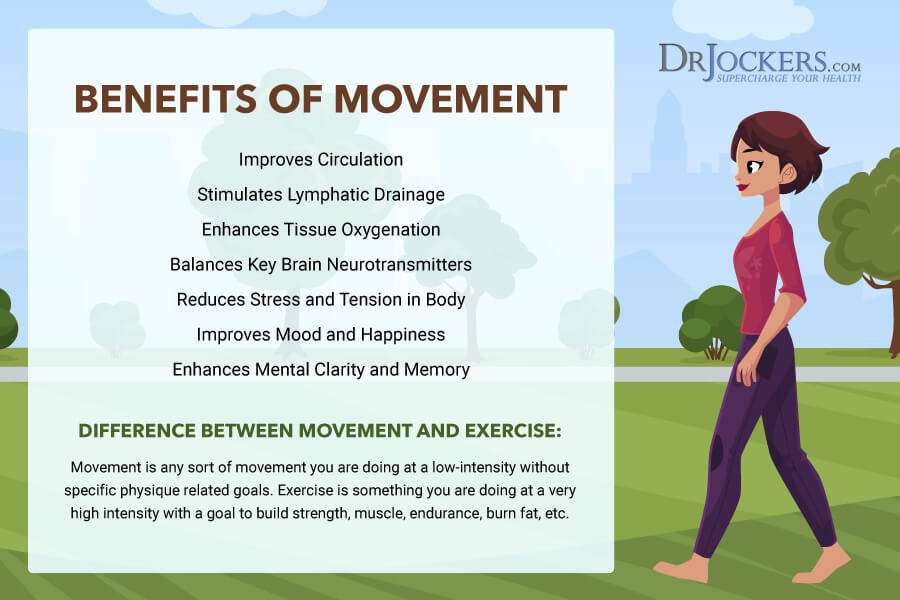
Improve Posture and Work Ergonomics
The natural curve of your spine is reinforced by correct posture to help you breathe and function properly. Having a poor posture, slouching, crossing legs, cell phone use, and incorrect ergonomic practices can lead to tight muscles, discomfort, pain, and health problems.
To improve your posture, it is important to be intentional and mindful with your activities. If you tend to look at your phone or read books with a slouching posture, move your hand up slightly, and move it up to the eye level while relaxing your shoulders and moving your head back to the right place (16).
Posture-correcting exercises can be an effective way to learn a good posture. You can find some of my favorite exercises, such as the hummingbird to correct posture and reduce tight muscles here. The hummingbird is a fantastic way to strengthen the muscles between your shoulder blades to improve posture and to reduce tight muscles:
- Lifts your arms so they are parallel to the floor.
- Bend your elbows and face your palms forward to form a 90-degree angle between your biceps and forearms.
- Rotate your arms backward in a circular motion while squeezing your shoulder blades together.
- Repeat this exercise for one minute.
Besides being mindful of your posture and practicing posture-correcting exercises regularly, ergonomic furniture can improve your posture at home and at your office. Ergonomic office chairs allow you to have your feet on the ground, keep your thighs horizontal and arms even with the height of your desk, thus helping to alleviate poor posture. Make sure your computer screen is at eye level. Adjustable standing desks or standing desk converters can assist with improving office ergonomics.
Chiropractic Care and Physical Therapy
If you wish to reduce tight muscles, reduce pain, and relax your body, both chiropractic care and physical therapy can benefit you. Both approaches benefit those who are looking to prevent or improve pain. While they are not the same, many of their benefits overlap, and they can be used alongside each other.
Chiropractic care treats the musculoskeletal system, including your bones, joints, cartilage, muscles, and tendons that protect your internal organs and allow mobility. By manipulating your body with their hands and using specific techniques, chiropractors make targeted adjustments in your body, realign your spine and joints to improve mobility, provide pain relief, and loosen tight muscles.
Physical therapy refers to a therapy that helps your body to rehabilitate strength and mobility. While physical therapists may also use spinal manipulation and muscle release techniques, their main focus is to provide exercises to gradually teach the body to move and perform optimally without pain.
When it comes to posture, a chiropractor can help to create alignment through chiropractic techniques and may offer pain relief quickly. However, physical therapy can help strengthen your body and teach strategies to improve your posture and enjoy the benefits of chiropractic adjustments longer. When it comes to tight muscles, chiropractic and physical therapy may both help and often work well together.

Massage Therapy
Massage therapy can be an effective way to relieve tight muscles and pain. Massage can lengthen and release muscles, and help relaxation. There are various massage therapy techniques you can choose from to benefit your tight muscles.
Deep tissue massage is a popular and effective way to relieve tight muscles. Deep tissue massage uses firm, deep pressure along with various techniques to treat deeper layers of the muscle and fascia. It helps the muscles to move freely while reducing in-elasticity of muscular tissues to relieve your tight muscles.
Sports massage is another fantastic way to relieve tight muscles especially if you are an athlete or physically active. Sports massage is an intense massage technique focused on soft tissues to reduce restriction, increase tissue elasticity, improve muscle flexibility, and range of motion while relieving tight muscles.
Other forms of massage therapy and similar bodywork that may improve tight muscles include shiatsu, Swedish massage, trigger point therapy, myofascial release, rolfing, hot stone massage, cupping, and Thai massage. You can also use self-massage techniques using a foam roller, tennis ball, self-massager cane, or even your hands to improve tight muscles and pain.
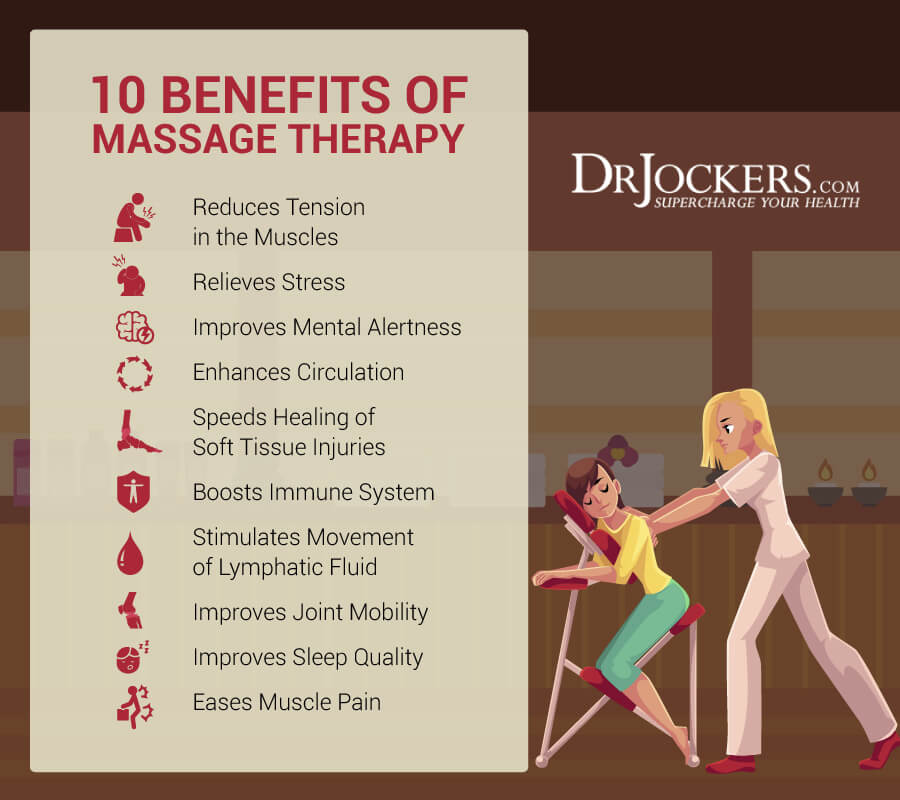
Final Thoughts
Now that you understand the underlying reason behind your tight muscles, you should be more confident at moving forward and reducing your pain. Use these 10 steps to help relax and reduce pain. They will also help you to eliminate tight muscles and pain along with regaining your health and improving your activity level, and while hopefully putting a smile on your face.
Remember, I highly recommend using RelaX Calm™ regularly. Calming herbs, such as valerian, passionflower, lemon balm and skullcap combined with key electrolytes, such as magnesium and calcium can help promote muscle relaxation, reduce tight muscles and pain, assist deep, restorative sleep, and improve anxiety and restlessness. Taking RelaX Calm™ every evening can set you up on a healthy path without tight muscles.
If you want to work with a functional health coach, I recommend this article with tips on how to find a great coach. We do offer long-distance functional health coaching programs. For further support with your health goals, just reach out and our fantastic coaches are here to support your journey.




Thank you for the great information. Easy to read, well explained. I always find useful info, recipes or suggestions to apply in my life for optimal health and healing.
Thanks so much Johanne!!
This is the most thorough and helpful article on muscle tightness I’ve found. Thank you!!
Glad to hear that Andrea!